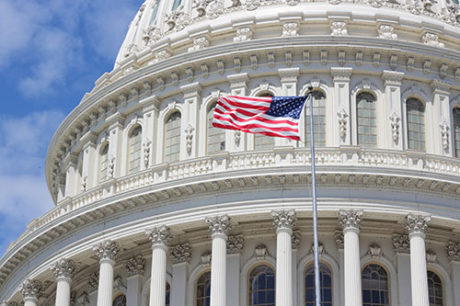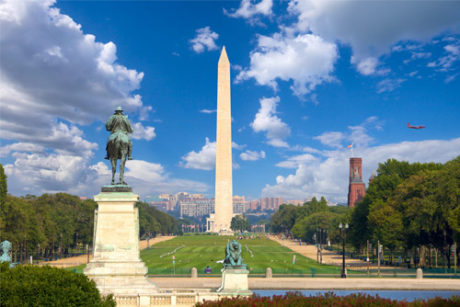
This analysis was first available to Bloomberg Government subscribers.
As the world tries to process the news that North Korea probably can put a nuclear weapon on an ICBM and President Donald Trump trades barbs with Supreme Leader Kim Jong-Un, the real question is: What happens now?
For the U.S., there really are three basic options: a military strike, negotiations leading to disarmament, or learning to live with a nuclear North Korea. All are bad.
The drawbacks of a military strike are well known. If the U.S. attempts a limited strike focused on nuclear production facilities and missile launchers, there’s no guarantee that its military can hit all of them. A July 4 missile launch by North Korea was from a Chinese truck. As the U.S. learned in Operation Desert Storm, finding and destroying mobile launchers is no easy task.
And no one can be very confident that a military strike wouldn’t lead to a full-scale war on the peninsula. Trump might view a strike on nuclear targets as limited. Kim may see it very differently. And Seoul, a city of 10 million people about 30 miles from the North Korean border and 8,000 pieces of artillery, may feel the “fire and fury” of his reaction long before Trump does.
Secretary of Defense Jim Mattis says the U.S. would win an all-out conflict with North Korea, and that’s undoubtedly true, but South Korea would, in many ways, lose. Conventional, special operations, chemical and perhaps even nuclear attacks by North Korea could potentially cost thousands or even millions of lives. An all-out war in Korea is a very ugly proposition. Japan and the U.S. base in Guam might also be targeted.
Bloomberg Government subscribers can read the full analysis here.
 Like
Like








0 responses on "Trump has three North Korea options — all are bad"